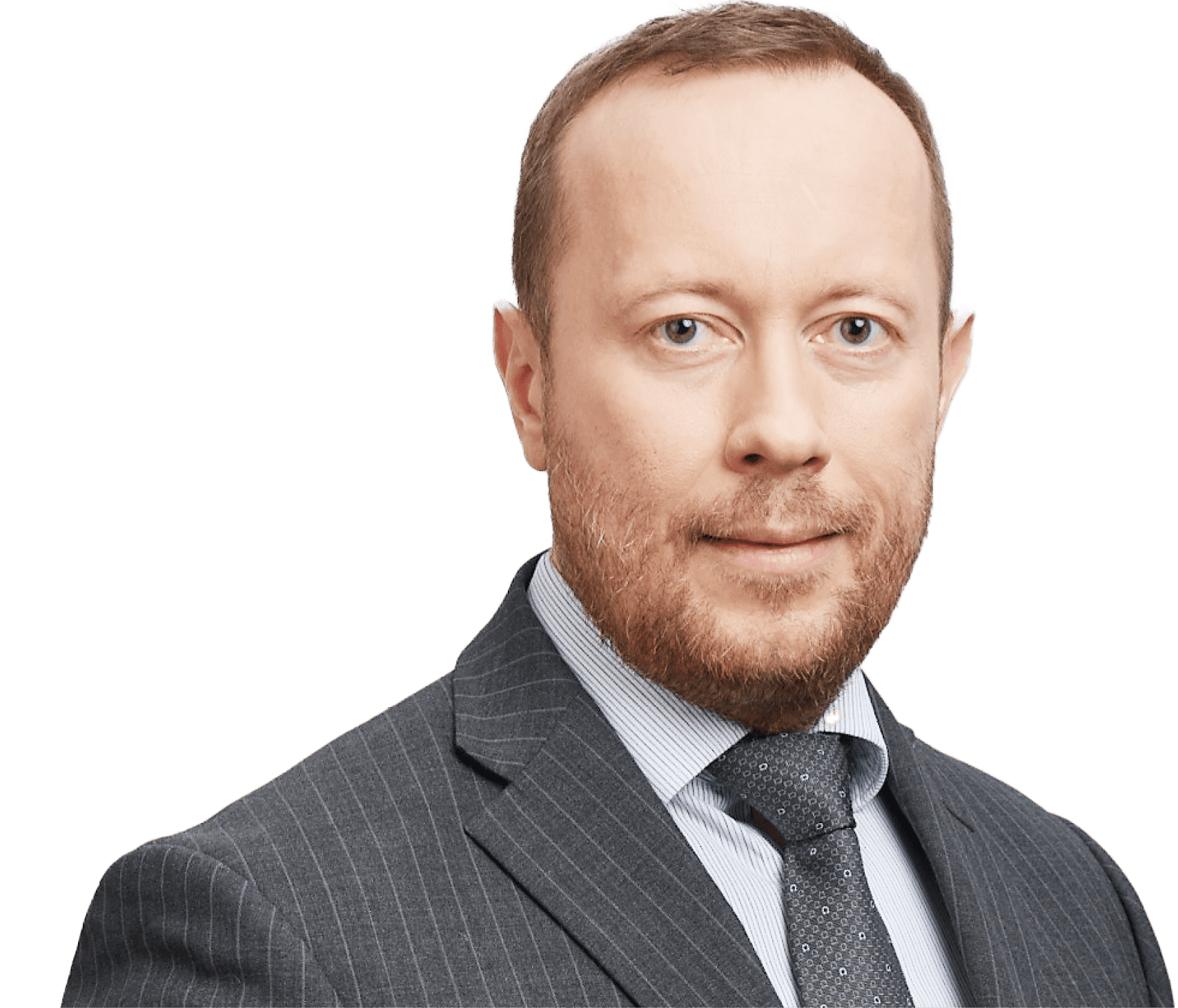Financial performance
With global fertilizer prices going back to normal from the peak levels of 2022, PhosAgro Group once again delivered strong financial performance in 2023. It was driven by both growth of sales volumes (especially in the segment of high‑margin products) and effective cost control, with cost reduction coming primarily on the back of the investment programme successfully implemented in the previous years.
In the reporting year, the Company’s revenue went above RUB 440 bln, EBITDA reached RUB 183 bln, and adjusted net profit came in at RUB 104 bln. Even though this constituted a decline compared to 2022 with its historically high global fertilizer prices, these results are nonetheless among the strongest on record. Another highlight was the EBITDA margin, which remained at a very high level of over 40%.
In 2023, the Company had a free cash flow of more than RUB 70 bln, driven by continuously high capital investments and additional liquidity outflows associated with the payment of newly introduced export duties and the year‑end transfer of RUB 6.4 bln as an advance payment towards the excess profit tax liabilities.
Robust financial position, capital investments without budget overruns, and a strong free cash flow enable us to fully meet all our debt obligations (including those denominated in foreign currencies) in a timely manner. As at the end of 2023, PhosAgro’s leverage remained at a comfortable level, with net debt standing at RUB 223.2 bln and the net debt/EBITDA ratio coming in at 1.2x. The share of USD‑denominated debt also continued to decline.
The high credit quality of the Company was further confirmed by the success of two exchange‑traded bond issues (for CNY 2 bln and RUB 20 bln), which helped, among other things, replace more than 74% of the two remaining PHOR‑25 and PHOR‑28 Eurobond issues for a total amount of USD 740.4 mln
Alexander Sharabaika Deputy CEO for Finance and International Projects at PhosAgro
In addition to increased sales volumes and continuously competitive cost levels, the strong financial results in 2023 were driven by the following market events:
Significant increase in mineral fertilizer consumption, primarily in Latin America, Africa, South Asia and Oceania, due to a good fertilizer/crop price ratio, favourable weather conditions in key markets, and stronger government support for agriculture
Growth of global crop prices underpinned in part by the growing demand for forage crops, which itself was partially caused by the recovery of hog production in China after the swine flu epidemic in 2018–2019
Restrictions on exports of phosphate‑based fertilizers from China to bolster domestic supply and introduction of fertilizer export quotas in Russia
Fertilizer affordability issues caused by supply disruptions and an increase in raw materials prices
In 2023, revenue decreased by 23% y-o-y to RUB 440 bln (USD 5.23 bln) due to the correction of global fertilizer prices after the record high levels recorded in 2022.
In 2023, cost of sales went down by 6.5% to RUB 251.6 bln.
This was mainly due to lower raw material expenses (down 41.5% y‑o‑y to RUB 63.3 bln) and freight, port and stevedoring costs (down 39.4% y‑o‑y to RUB 9.9 bln).

In 2023, the Company’s adjusted free cash flow exceeded RUB 70 bln, marking a 50% decrease compared to 2022.
Capital investments (including capitalised repairs) for the year amounted to RUB 64 bln and were mainly focused around completing the construction of a large production facility in Volkhov, developing the ore and raw material base in Kirovsk, developing production capacities in Balakovo, and maintaining production facilities across all process stages, from mining and processing of raw materials to producing finished products.
Net debt as at 31 December 2023 increased y‑o‑y to RUB 223 bln. Depreciation of the rouble against the US dollar in 2023 and reassessment of the Company’s foreign currency debt using the year‑end exchange rate had a significant impact on the RUB‑denominated debt amount. With a decline in EBITDA, the net debt / adjusted EBITDA ratio increased to 1.33x as at 31 December 2023 from 0.68x a year earlier.
In 2023, the Board of Directors approved a new version of PhosAgro’s Tax Strategy. The approach to taxation was developed in accordance with the Company’s Strategy to 2025 and combines social responsibility for developing and maintaining the well‑being of regions across PhosAgro’s footprint, minimising tax litigation risks, and maximising the use of the Company’s leverage toolkit stipulated by law for actively investing companies, in particular Investment Protection and Promotion Agreements (IPPAs) and Special Investment Contracts (SPICs).
Our approach to tax management, participation in shaping government tax policy, and organisational arrangements pertaining to the exercise of tax functions at PhosAgro is described in the Company’s Tax Strategy.
